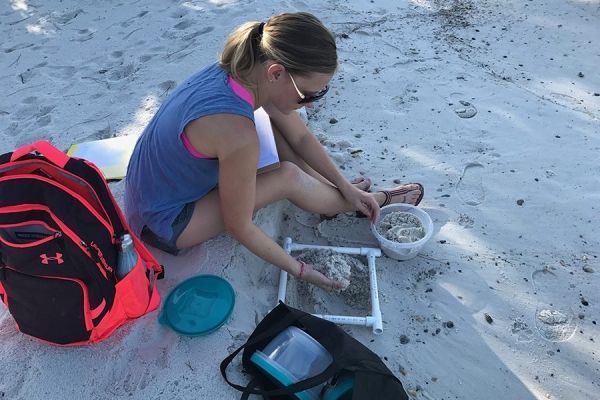Plastic is famous for its unyielding durability, making it perfect for consumer products but a unique and persistent menace to the natural environment.
For the loggerhead sea turtles that nest on the once-pristine beaches bounding the Gulf of Mexico, millimeters-thick pieces of broken down plastic — called microplastics — pose a particularly urgent threat.
A new study from Florida State University researchers shows that increasing microplastic accumulation along the Gulf’s beaches could alter the composition of shoreline sand and jeopardize the turtles’ sensitive incubation environments.
Their findings were published in the journal Marine Pollution Bulletin.
“With increasing populations, higher demand for resources and more use of plastic, we’re having a lot more plastic and microplastic appearing as marine debris,” said the study’s coauthor Mariana Fuentes, assistant professor of Earth, Ocean and Atmospheric Science (EOAS). “In these coastal areas, we’re seeing significantly more pollution.”
Read more at Florida State University
Photo: EOAS student researcher Victoria Beckwith surveyed 10 important loggerhead turtle nesting beaches along the Gulf coast. Microplastics were present at each site. (CREDIT: Victoria Beckwith)


